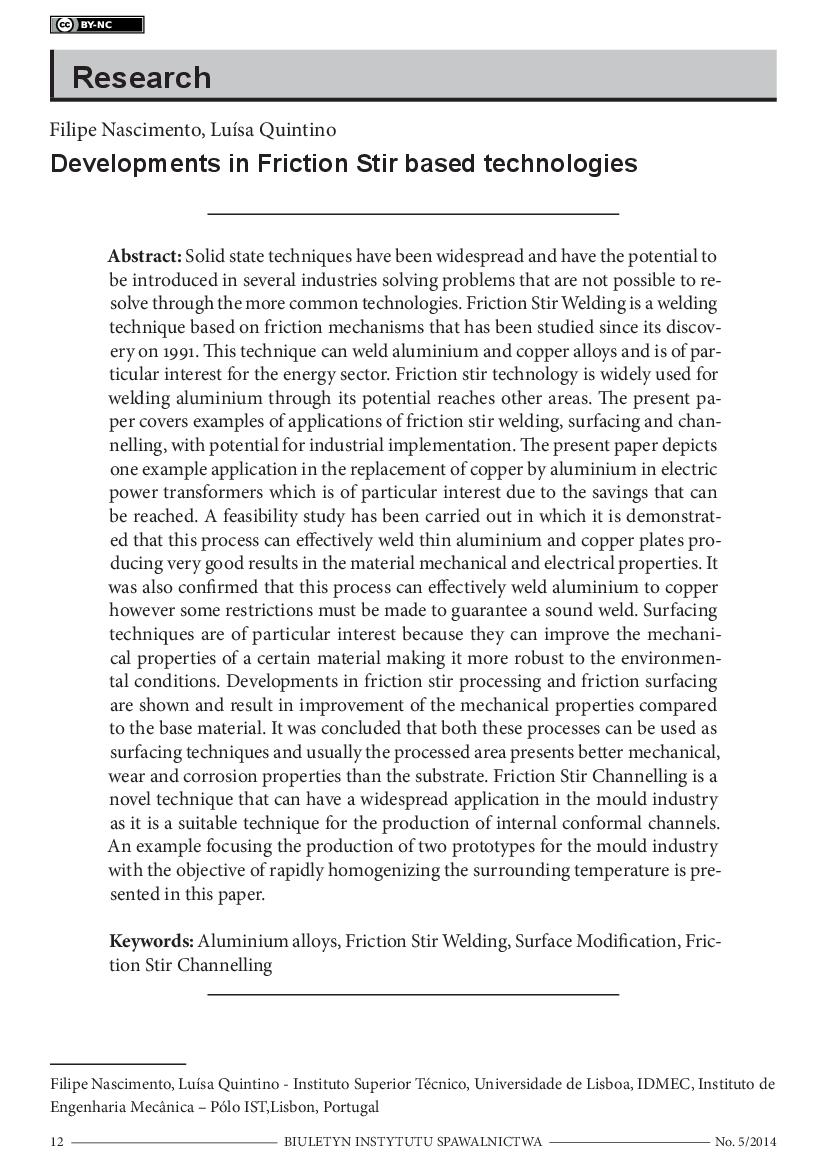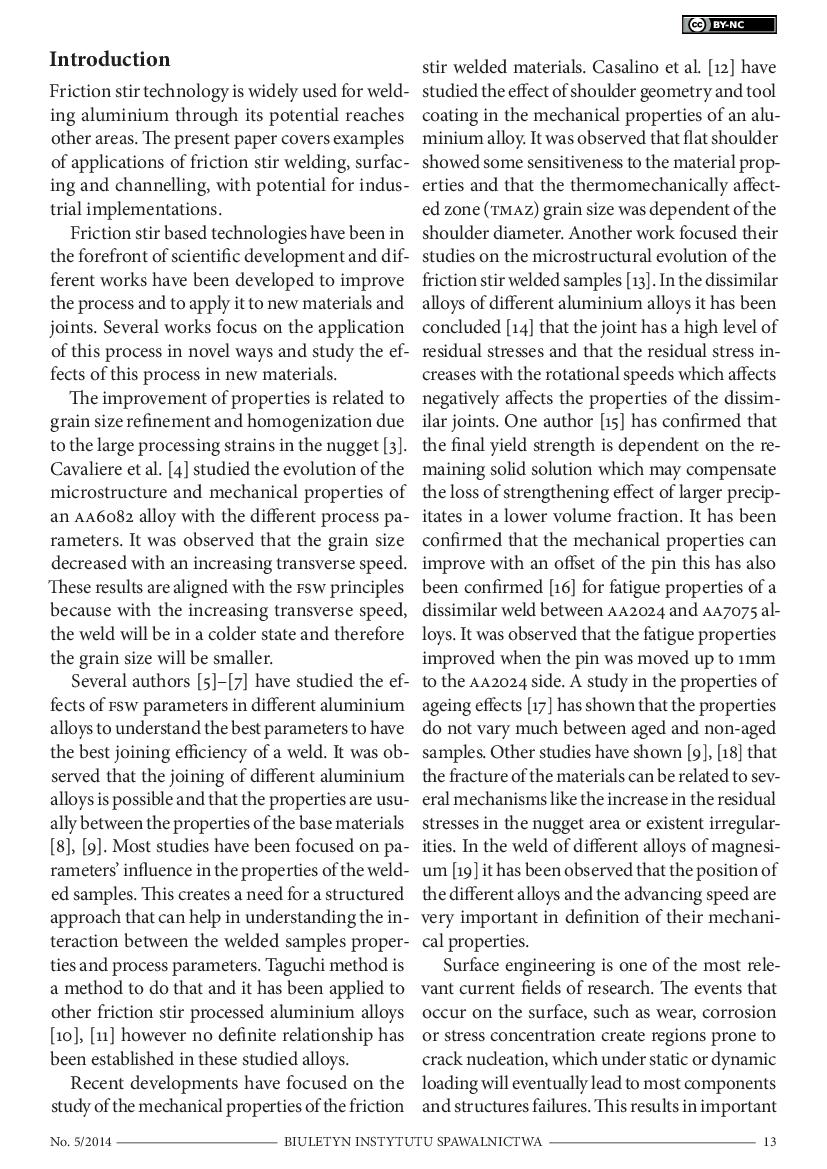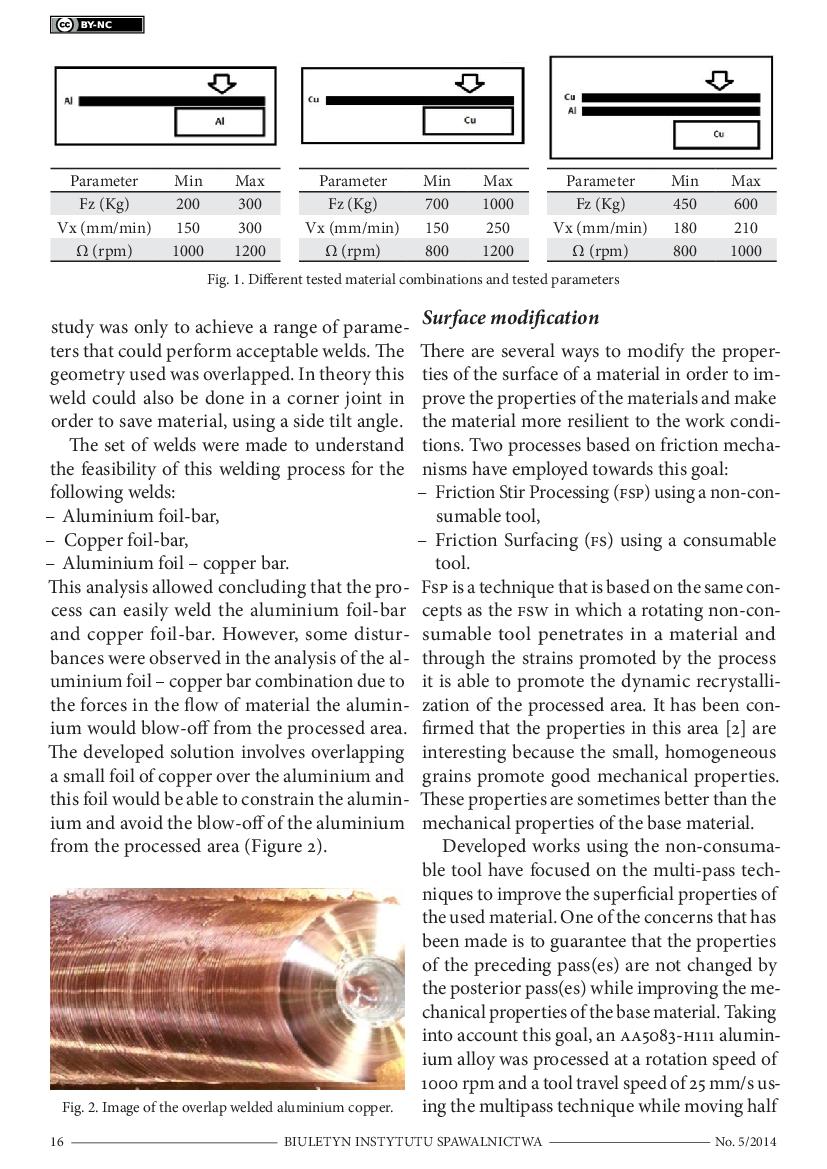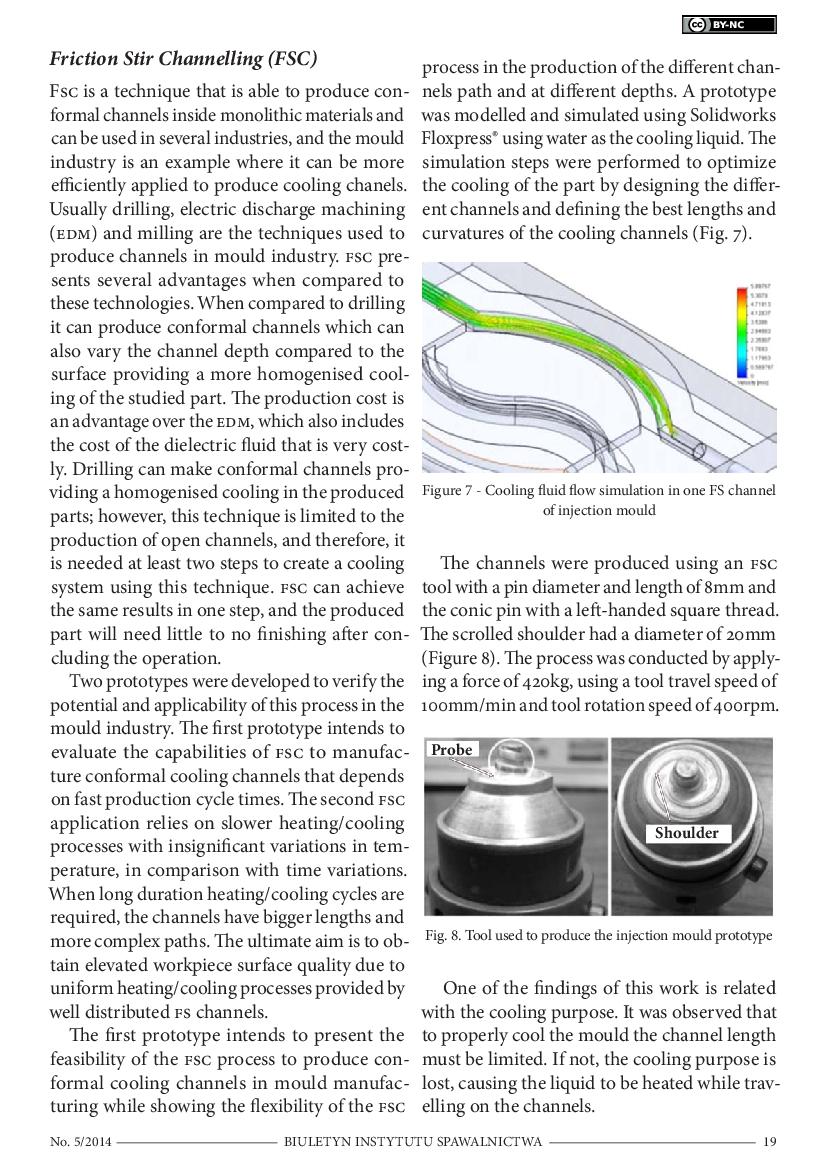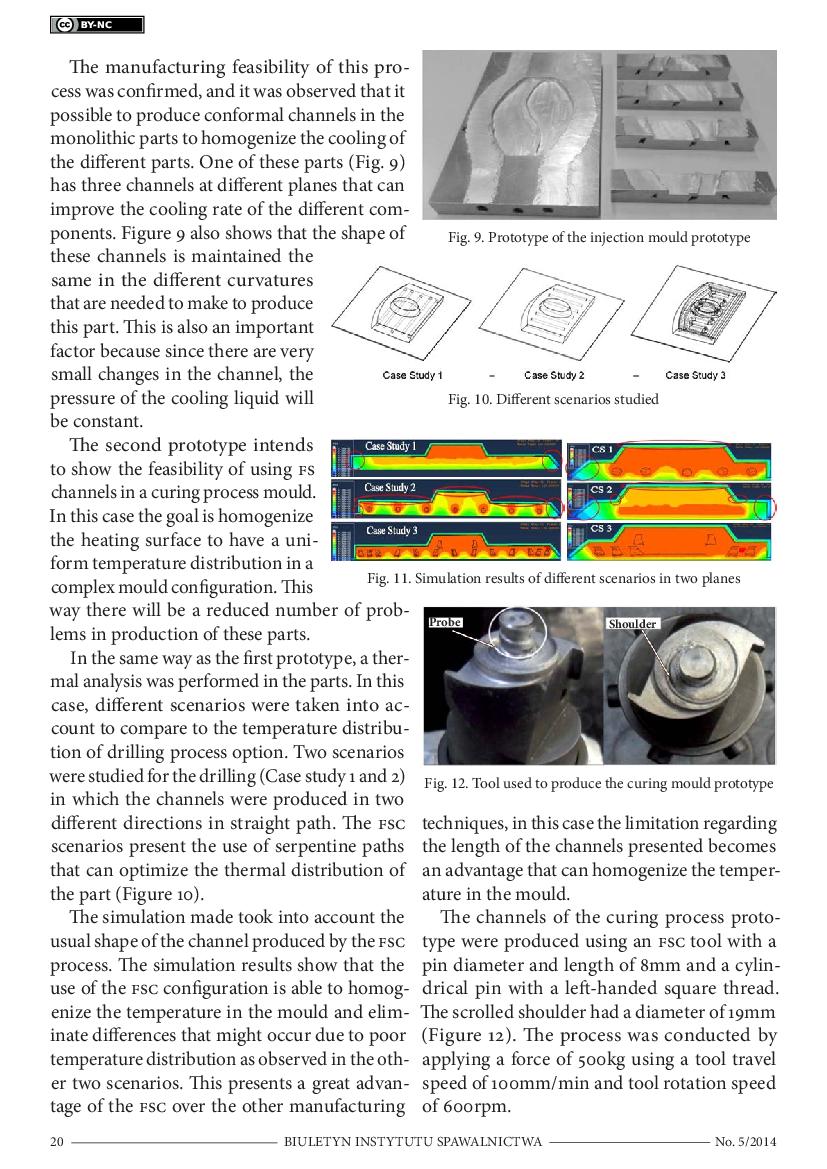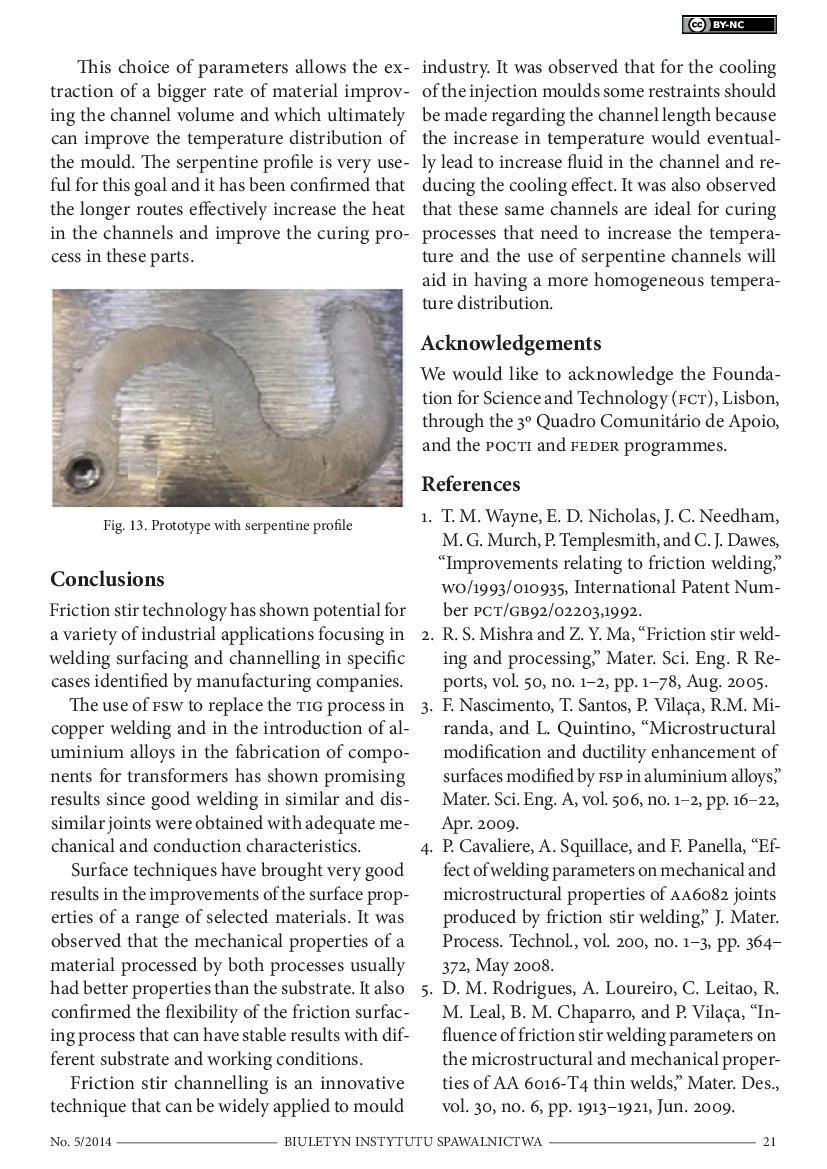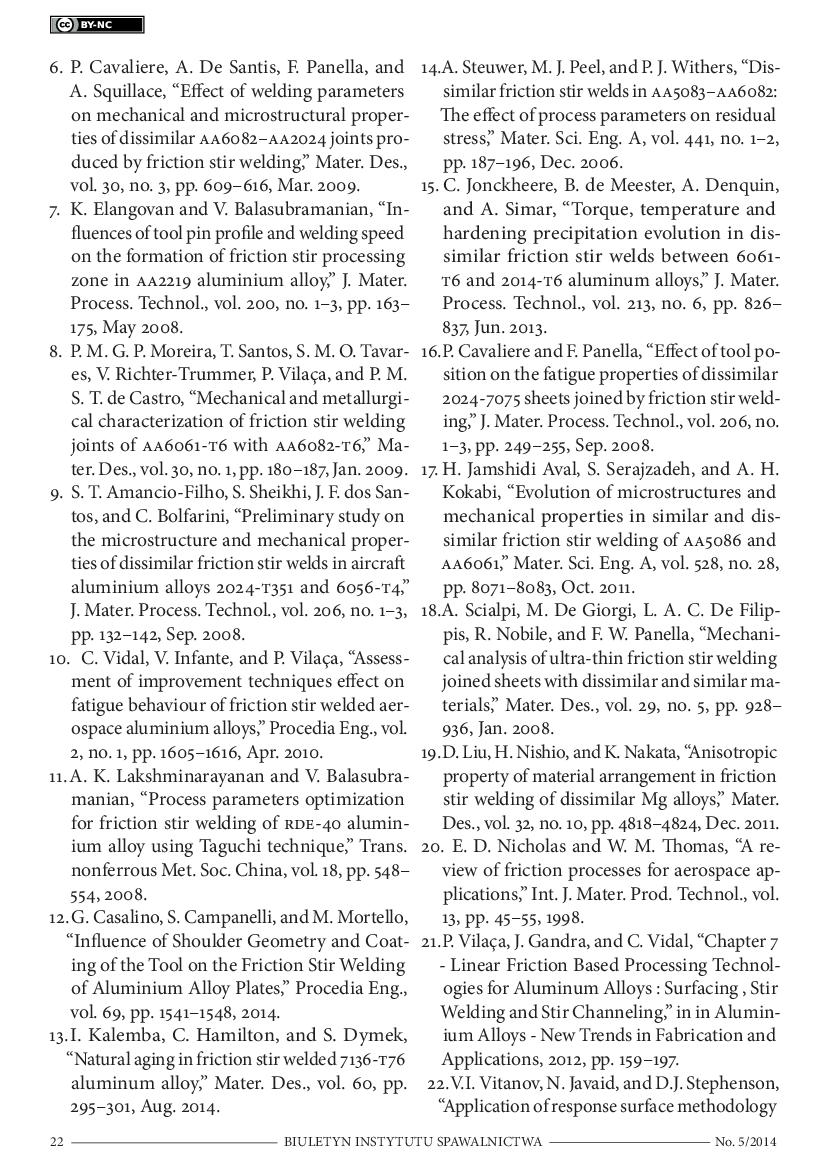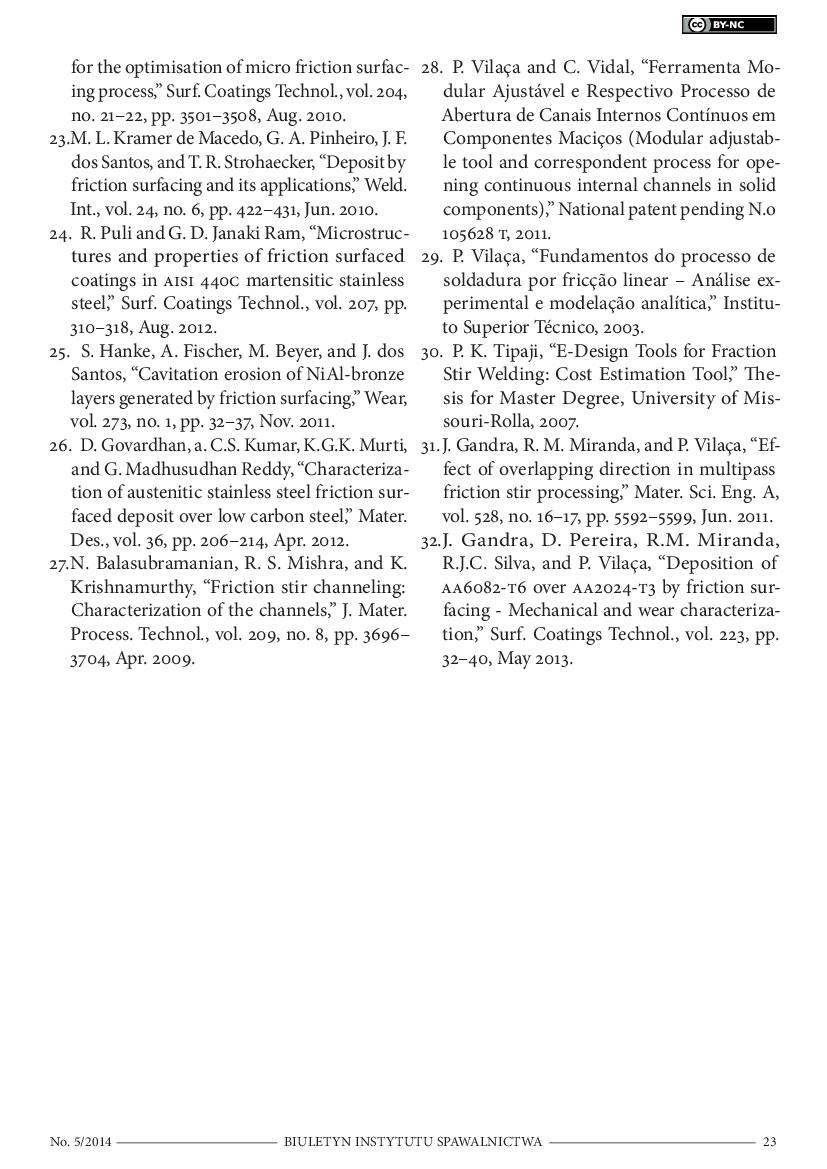Developments in Friction Stir based technologies
Solid state techniques have been widespread and have the potential to be introduced in several industries solving problems that are not possible to resolve through the more common technologies. Friction Stir Welding is a welding technique based on friction mechanisms that has been studied since its discovery on 1991. This technique can weld aluminium and copper alloys and is of particular interest for the energy sector. Friction stir technology is widely used for welding aluminium through its potential reaches other areas. The present paper covers examples of applications of friction stir welding, surfacing and channelling, with potential for industrial implementation. The present paper depicts one example application in the replacement of copper by aluminium in electric power transformers which is of particular interest due to the savings that can be reached. A feasibility study has been carried out in which it is demonstrated that this process can effectively weld thin aluminium and copper plates producing very good results in the material mechanical and electrical properties. It was also confirmed that this process can effectively weld aluminium to copper however some restrictions must be made to guarantee a sound weld. Surfacing techniques are of particular interest because they can improve the mechanical properties of a certain material making it more robust to the environmental conditions. Developments in friction stir processing and friction surfacing are shown and result in improvement of the mechanical properties compared to the base material. It was concluded that both these processes can be used as surfacing techniques and usually the processed area presents better mechanical, wear and corrosion properties than the substrate. Friction Stir Channelling is a novel technique that can have a widespread application in the mould industry as it is a suitable technique for the production of internal conformal channels. An example focusing the production of two prototypes for the mould industry with the objective of rapidly homogenizing the surrounding temperature is presented in this paper.
 1 / 12
1 / 12
 2 & 3 / 12
2 & 3 / 12
 4 & 5 / 12
4 & 5 / 12
 6 & 7 / 12
6 & 7 / 12
 8 & 9 / 12
8 & 9 / 12
 10 & 11 / 12
10 & 11 / 12 12 / 12
12 / 12

